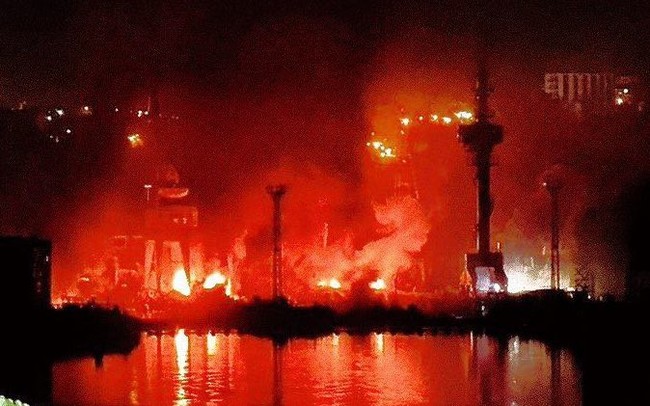
Defense Secretary Pete Hegseth is ordering the “transformation” of the U.S. Army, which will include divesting some formations, canceling procurement on older systems, and merging several internal organizations.
There will be a merging of the Army Futures Command and Training and Doctrine Command into a new organization.
In a lesson learned from the Ukraine War, the Army Transformation Initiative (ATI) will “Reduce and restructure manned attack helicopter formations and augment with inexpensive drone swarms capable of overwhelming adversaries,” and “Divest outdated formations, including select armor and aviation units across the Total Army (Active, Reserve, National Guard).”
“To build a leaner, more lethal force, the Army must transform at an accelerated pace by divesting outdated, redundant, and inefficient programs, as well as restructuring headquarters and acquisition systems,” Hegseth wrote in his memo.
The chief of staff of the United States Army, Gen. Randy George, wrote in a memo to the force that the Army “will reexamine all requirements and eliminate unnecessary ones, ruthlessly prioritize fighting formations to directly contribute to lethality, and empower leaders at echelon to make hard calls to ensure resources align with strategic objectives.”
Hegseth kept referring to 2027 as the date he wanted these transformations completed. That’s no coincidence. China’s rapid military expansion on land, sea, and air will likely be close to completion by that date.
“This is a bold plan by the Army and its leadership that aligns decision making and execution by setting 2027 as the date to be completed — a mere 32 months,” John Ferrari, a senior nonresident fellow at AEI and retired Army Maj. Gen., told Breaking Defense today.
“The Army’s changes will be rapid, align with the capabilities of the new tech defense startups, while the other services are still measuring their changes in years and decades,” he later added.
Gen. George said this would be only the first step. More cuts are on the way.
What those future cuts look like isn’t clear, but Army leaders have been indicating for months that the service’s ground vehicle portfolio is facing even deeper cuts, which could see modernization programs like the Robotic Combat Vehicle and ongoing Bradley replacement competition be halted, or legacy programs like the Stryker be hit.
On the aviation side, just last year the Army unveiled a massive aviation overhaul that included cancelling development of its next-generation Future Attack Reconnaissance Aircraft (FARA) program in order to direct those dollars towards unmanned aerial reconnaissance systems, continuing manned helicopter programs like the UH-60M Blackhawk line and CH-47F Block II Chinook, and continuing to development of the Future Long-Range Assault Aircraft (FLRAA).
There had been speculation in industry that FLRAA could be in trouble long-term, but George in his memo doubled down on supporting the Bell-designed rotorcraft.
Warfare is changing. The changes are dramatic and extremely rapid. The M1 Abrams tanks we sent to Ukraine last year were next to useless on that battlefield, even though the terrain was more than adequate for the use of armor. Of the 31 M1s deployed, 20 were knocked out by Russian FPV (First Person View) and suicide drones. A $21 million tank was knocked out by a drone that cost a few thousand dollars.
Hopefully, tactics and strategy will also change as the lessons from Ukraine and other theaters of war are absorbed and integrated into our war-fighting capability.
Help PJ Media continue to tell the truth about the Trump administration’s accomplishments as we continue to usher in the Golden Era of America. Join PJ Media VIP and use promo code FIGHT to get 60% off your membership.








